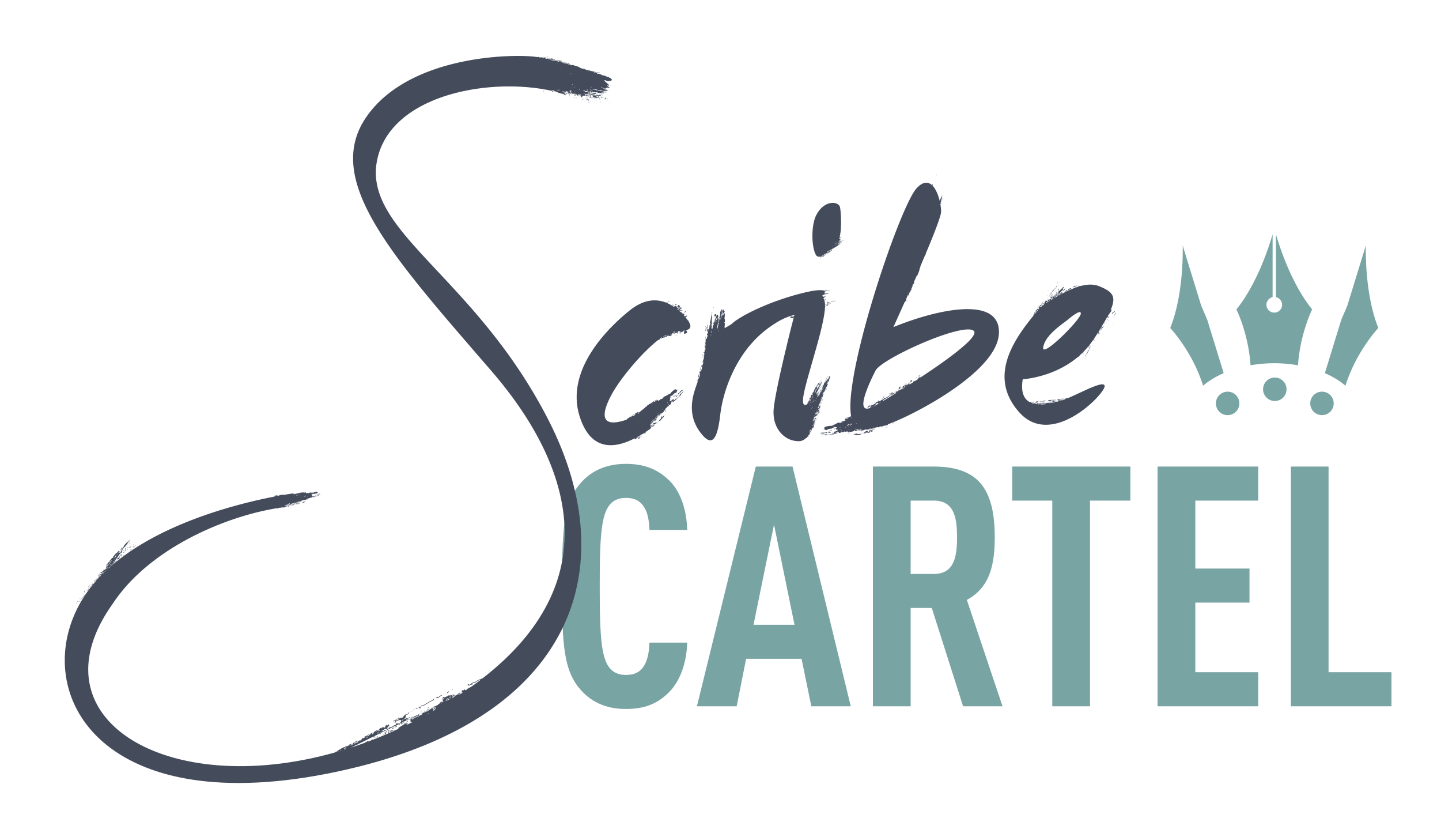Whether you are a solo or have a team, brand identity work is one of the most essential new business parts to get right before we set out storytelling and selling. Knowing your brand archetype is a beautiful launchpad for creating your brand. Memorable brands know who they are and what they stand for, and create meaningful communications around this to get your attention, commitment, investment, loyalty and ambassadorship.
Determining and building your marketing around brand archetypes gives your brand its personality and lustre. Interaction with your brand’s content should elicit a positive emotional response to inevitably draw like-minded souls to your products or service through a solid marketing theme for content creation.
Why do we build valuable relationships with our customers using human psychology?
Archetypes have universal meanings that are found in dreams, literature, art, and religion. According to esteemed psychologist Carl Jung, symbols from different cultures are frequently similar because they evolved from archetypes shared by the entire human race and are part of our collective unconscious. From this, he created his collection of personality archetypes in the 1940s.
We can recognise and identify with the archetypes as the people within us. They influence our behaviour and drive behavioural patterns, wants, values, and motives that will be fuelled by achieving a certain goal (generally getting a problem we see solved). He also espoused:
“The world will ask who you are, and if you do not know,
the world will tell you”
Carl Jung
Nobody wants to be told by others who they are, or at least, you should be doing the deep work required to unpack cultural and societal programming and understand who you truly are and not let others define that for you; which is why every brand requires an ideal archetype and it may identify with other archetypes (since like brands can be multifaceted like people) who can be voyage sidekicks.
As long as the archetypes are complementary and not polar opposites, creating your brand personality will flow (and work in the long term).
The 12 Brand Archetypes
Archetypes are somewhat stereotyped characters derived from aeons of human study that brands use to represent and humanise themselves. Too generalised, and it won’t connect with an audience. Relating to too many and trying to communicate them all leads to brand dilution or confusion.
“Companies that enjoy enduring success have core values and a core purpose that remain fixed while their business strategies and practices endlessly adapt to a changing world” ~ Agnieszka M. Winkler, Warp Speed Branding: The Impact of Technology on Marketing.
If you want to go deep, there are over 50 personal archetypes, but they stem from these 12 traits from Jung’s original set that are used in branding today.
How are brand identities determined?
Even if you think you know your archetype based on descriptions, it’s still worth exploring thoroughly, starting with:
- What are your values?
- Which three brands do you aspire to and why?
- Who are your top three rival brands and their archetype?
- How do you want your message to be received (tone)?
- What emotions do you wish to elicit within people when they interact with you?
- What adjectives best describe you?
Interview your staff as well as customers and stakeholders to highlight any differences between how your brand is perceived by others alongside your own.
Then you need to decide whether you stay true to your vision and archetype and aim it at relevant audiences or adjust your branding to meet your desired audience. This is no easy call!
The real work comes once your archetype is identified, to translate that into a brand personality that you can use to connect with your ideal customers, which is why getting clear on this matters.
Iconic brands are created, leaving nothing to chance and misinterpretation
We can’t always pinpoint why some brands speak to us more than others. It’s more than a logo and tagline that called you in. They’ve somehow tapped into your deepest longings, left an impression and built a relationship with you.
New brands are born every day with the promise of something different. Many miss the mark in showing their human side and expressing who their product or service is meant for.
In the past major brands have risked their identities, often in response to public sentiment, fuelled by social media pressure, and put customers offside via social justice campaigns with the result being perceived virtue signalling or feigned integrity.
Carol Pearson and Margaret Mark made the concept of Brand Archetypes more mainstream in 2001 with their bestselling book, The Hero and The Outlaw Building Extraordinary Brands Through the Power of Archetypes:
“Understanding and leveraging archetypal meanings – that is, finding the soul of your brand and then expressing it in ways that tap into universal feelings and instincts – are key prerequisites to effective marketing in today’s intensely competitive and complex environment”.
Melissa Bolton is a magnificent resource for all things brand archetypes, including fun quizzes, colour schemes and fonts
Want to write like this?
Interested in writing thoughtful, informative blogs over short social media content that will get people to your website to book you, but you aren’t sure where to start? Download The Blogging Breakthrough: A guide for holistic health practitioners to brainstorm, research, structure, and write standout blogs as core content.



